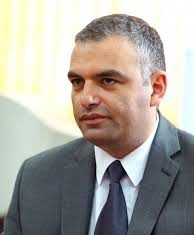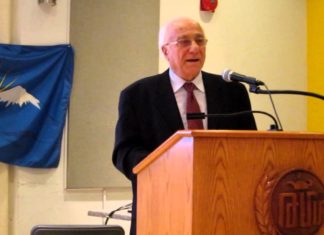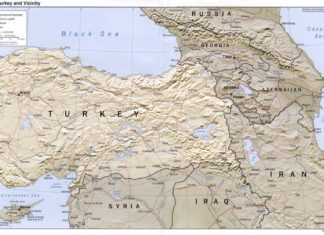By Edmond Y. Azadian
Turkish nationalism is an inexorable movement derived from the same racist motivations and directed at reaching the goal of the same Turanian dream, regardless the era, rulers and the regimes. And Armenia has been and continues to be a hurdle in Turkey’s march towards that dream.
Sultan Abdul Hamid II, the Young Turk Party, Mustafa Kemal and today’s “moderately” religious party of Erdogan aspire to the same goal and they have been preparing and educating the population with the same ideals. Denial of the Armenian Genocide is part and parcel of that racist policy, espoused by all the leaders of the past and present.
The current prime minister of Turkey, Recep Tayyip Erdogan, contradicts himself by insisting on one hand that genocide was never perpetrated by his ancestors against Armenians and on the other hand proposes to form a joint committee to find out if genocide really took place. If he knows the answer of the inquiry already, then why go through the motions?
It is common knowledge in modern history that Turkey had been cooperating with Nazi Germany, during World War II, hoping to see Hitler victorious. Part of the reward for the Ismet Inonu government at that time was a deal to allow the remains of Talaat Pasha, the architect of the Armenian Genocide, to return from Berlin, where he was assassinated, to Istanbul, where a special monument was erected to honor him, though he is one of the arch criminals of history.
Ever since, a rehabilitation process has begun to clean the bloody hands of that monster. Of course, modern Turkey is indebted to Talaat and the Ittihadist leaders who have bequeathed a 99-percent Muslim country by wiping out the Christian minorities and indigenous inhabitants of the land. As recently as last year, Turkey’s minister of defense paid tribute to the architects of the Genocide, asking the rhetorical question, “would we have this united territory today if the minorities were not expelled during World War I?”







